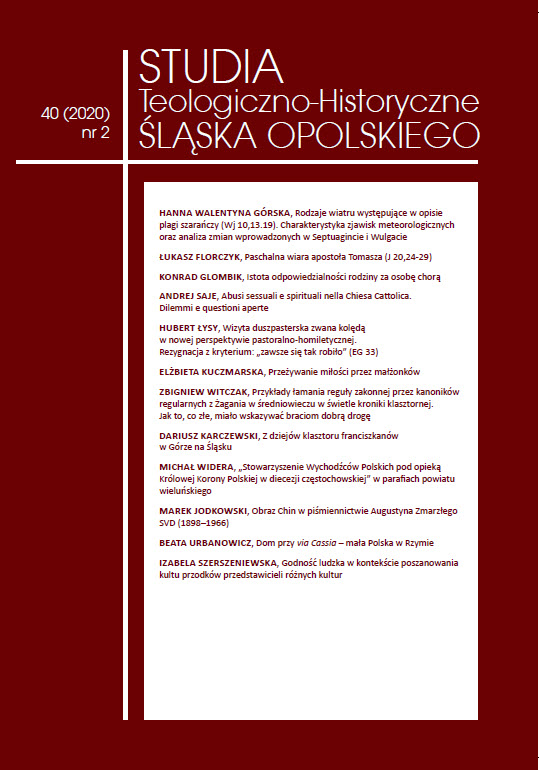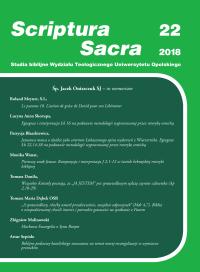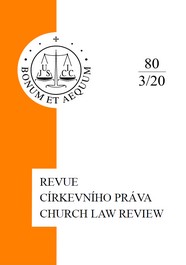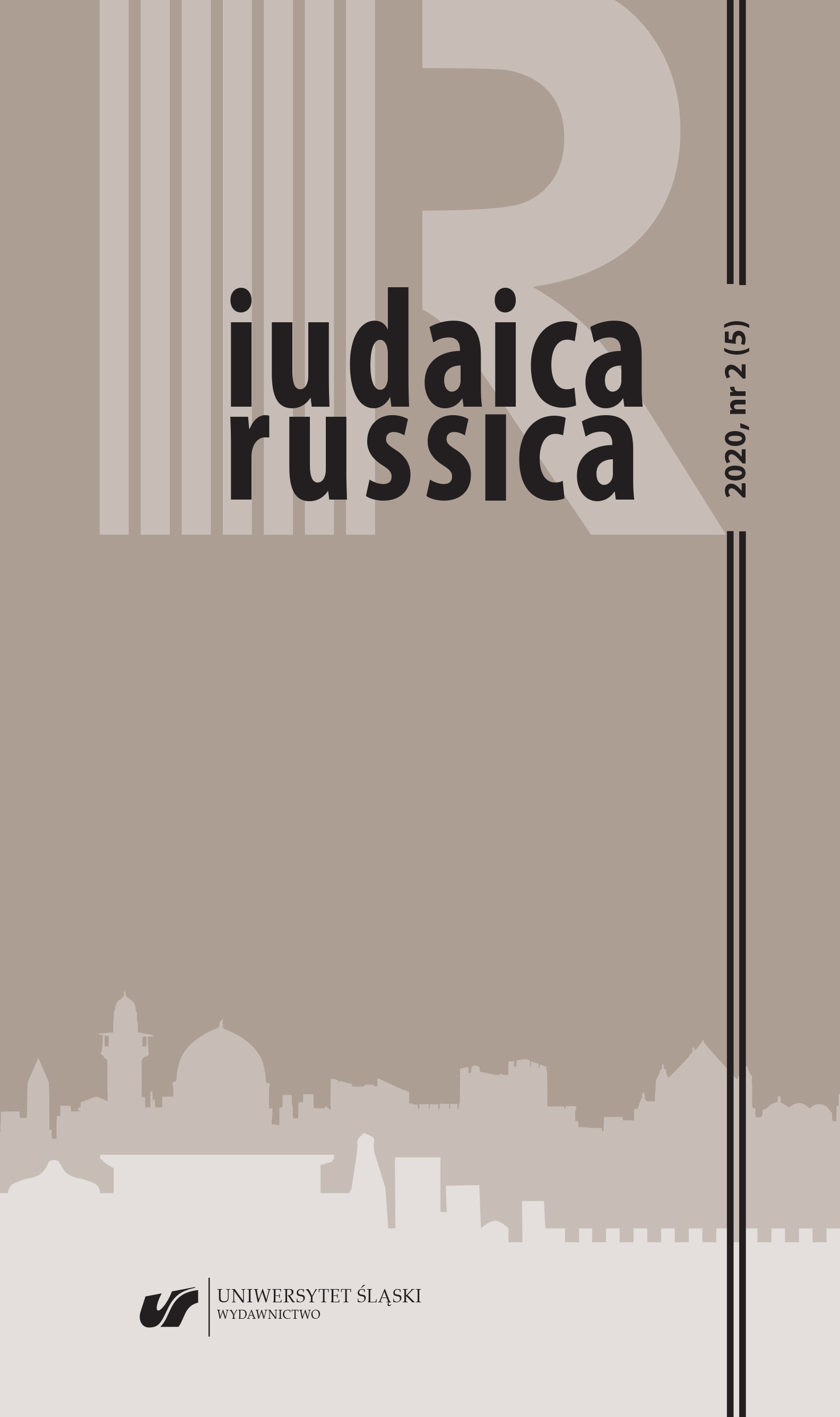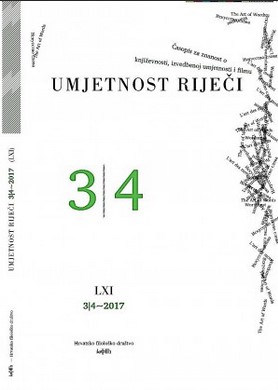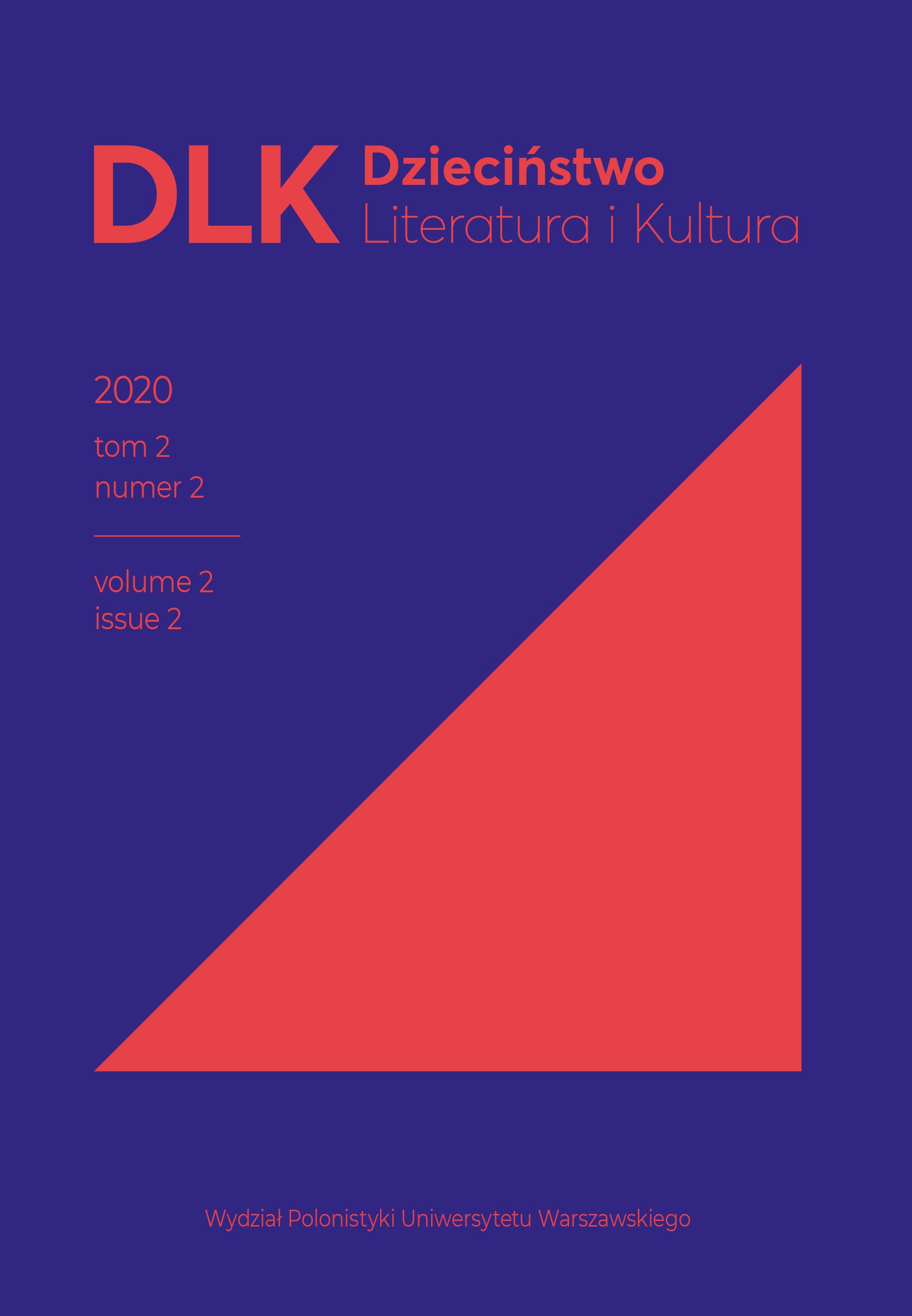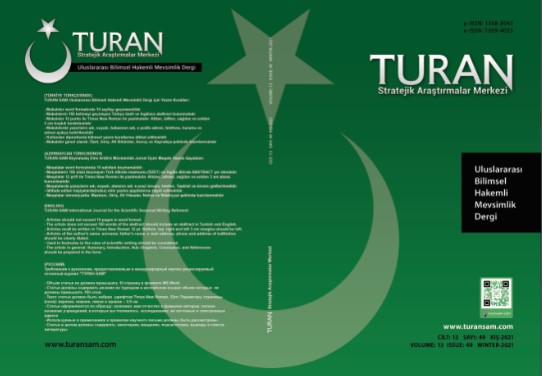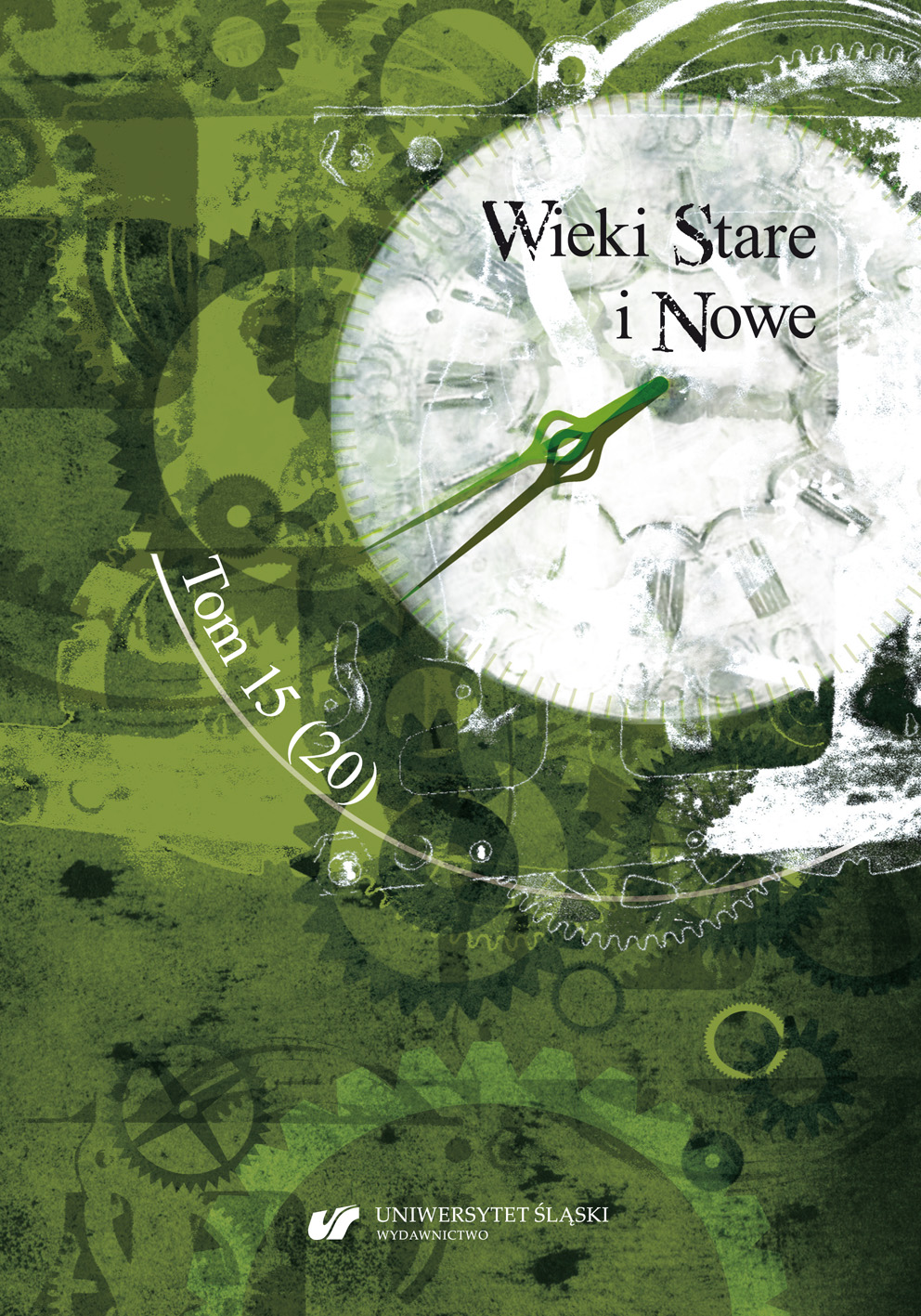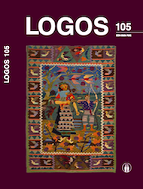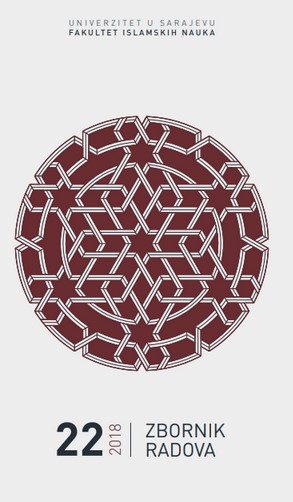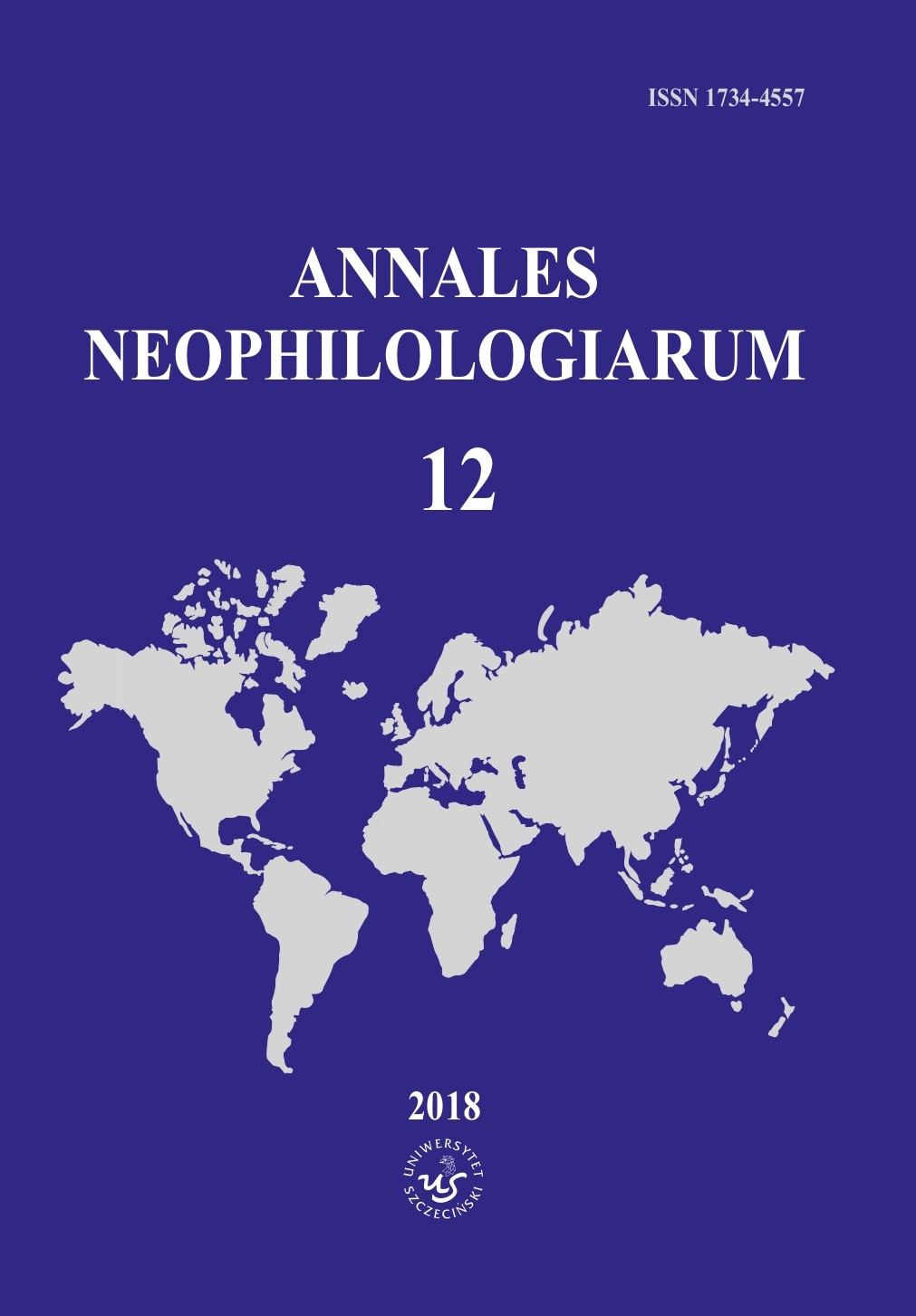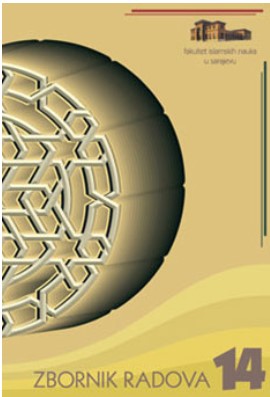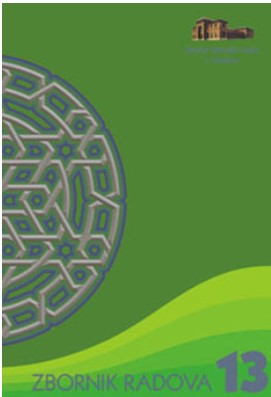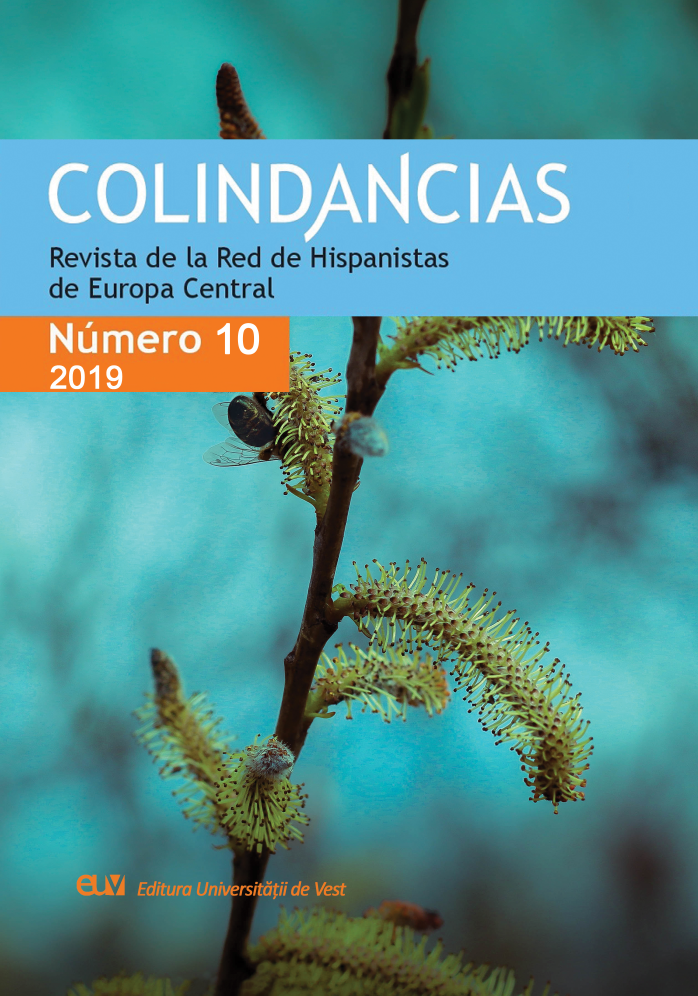
Fronteras entre la realidad y la ilusión en la novela Harraga de Antonio Lozanov
Resumen: El orientalismo, como una investigación que pretende recoger y establecer los conocimientos que describen el Oriente, estaba en gran parte al servicio de los propósitos expansionistas del Occidente. De este modo, se ha construido la visión eurocéntrica que pondera la cultura occidental en comparación con la del ‘otro’ clasificado como inferior, retrasado y bárbaro. Los mismos estereotipos que se repetían para justificar el imperialismo siguen presentes en el imaginario occidental cuando se quiere describir y tratar al inmigrante. En la novela Harraga de Antonio Lozano, que estudiamos en este artículo, constatamos la situación de desgarro que dicho inmigrante sufre en la frontera entre dos culturas representadas por España y Marruecos, y que simbolizan la distancia entre el sueño y la realidad, entre el paraíso y el infierno. Abstract: Orientalism, as a discipline that claims to collect the knowledge that describes the East, was often employed in the service of the West’s expansionist goals. A Eurocentric vision has been constructed which favors Western culture in comparison with others that are classified as inferior, primitive or barbaric. These same stereotypes, that have been repeatedly used to justify imperialism, are present in the Western imagination when we want to describe the immigrant. In the novel Harraga by Antonio Lozano, which we are studying in this article, we describe the situation in which one such immigrant finds himself being torn apart and suffering at the border between the two cultures of Spain and Morocco, symbol of a distance between dream and reality, between paradise and hell.
More...
